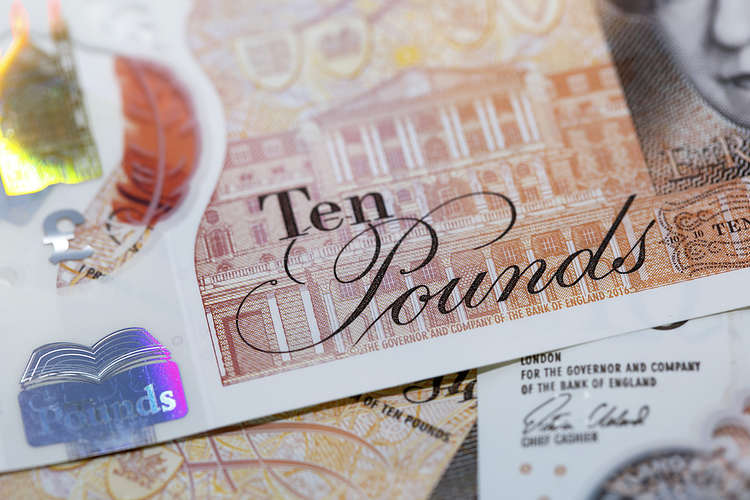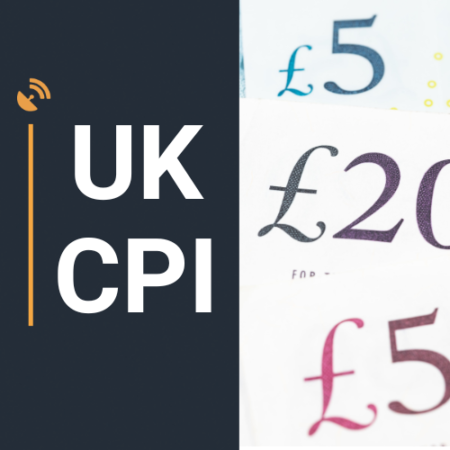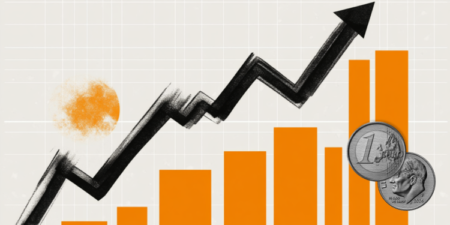- The Pound Sterling recovers slightly after facing a sharp sell-off in the last few trading days, with investors focusing on the UK CPI data for December on Wednesday.
- The weak outlook of the British currency stays afloat amid higher UK gilt yields.
- Investors await the US inflation data, which will influence expectations for the Fed’s policy outlook.
The Pound Sterling (GBP) finds temporary support on Tuesday after facing a sharp sell-off in the last few trading days due to rising yields on the United Kingdom (UK) gilts. The 30-year UK gilt yields have risen to near 5.47%, the highest since 1998, due to multiple tailwinds, such as higher uncertainty about incoming trade policies under the administration of United States (US) President-elect Donald Trump, persistent inflationary pressures and slower growth expectations in Britain.
A healthy rise in UK gilt yields has resulted in a discomforting situation for UK Chancellor of the Exchequer Rachel Reeves, who was already facing backlash from employers for raising their contribution to National Insurance (NI) and leaving little fiscal headroom if the situation turns upside down.
Market participants expect the UK government to turn to foreign financing to fund routine spending to avoid rising domestic borrowing costs. However, the British finance ministry maintains its non-negotiable promise to rely on borrowing only for investment, not for addressing day-to-day spending.
Meanwhile, investors shift their focus to the UK Consumer Price Index (CPI) data for December, which will be released on Wednesday. Investors will pay close attention to the UK inflation data as it will drive market expectations for the Bank of England’s (BoE) likely interest rate action in the February policy meeting.
Analysts at UBS expect the BoE to cut interest rates next month, with more reductions remaining in the pipeline later this year. UBS said that higher borrowing costs, which are flowing into the real economy, are “tightening financial conditions”. The Swiss bank added, “Inflationary pressures are present but fading, so a cut in February, with more later this year, remains the base case.”
British Pound PRICE Today
The table below shows the percentage change of British Pound (GBP) against listed major currencies today. British Pound was the strongest against the US Dollar.
| USD | EUR | GBP | JPY | CAD | AUD | NZD | CHF | |
|---|---|---|---|---|---|---|---|---|
| USD | -0.48% | -0.47% | -0.11% | -0.23% | -0.64% | -1.06% | -0.49% | |
| EUR | 0.48% | 0.02% | 0.34% | 0.26% | -0.15% | -0.58% | -0.01% | |
| GBP | 0.47% | -0.02% | 0.33% | 0.24% | -0.18% | -0.60% | -0.03% | |
| JPY | 0.11% | -0.34% | -0.33% | -0.10% | -0.51% | -0.94% | -0.36% | |
| CAD | 0.23% | -0.26% | -0.24% | 0.10% | -0.41% | -0.83% | -0.27% | |
| AUD | 0.64% | 0.15% | 0.18% | 0.51% | 0.41% | -0.42% | 0.15% | |
| NZD | 1.06% | 0.58% | 0.60% | 0.94% | 0.83% | 0.42% | 0.57% | |
| CHF | 0.49% | 0.00% | 0.03% | 0.36% | 0.27% | -0.15% | -0.57% |
The heat map shows percentage changes of major currencies against each other. The base currency is picked from the left column, while the quote currency is picked from the top row. For example, if you pick the British Pound from the left column and move along the horizontal line to the US Dollar, the percentage change displayed in the box will represent GBP (base)/USD (quote).
Daily digest market movers: Pound Sterling recovers slightly against USD ahead of US PPI
- The Pound Sterling moves higher to near 1.2250 against the US Dollar (USD) in Tuesday’s European session after rebounding from a fresh yearly low of 1.2100 on Monday. However, the outlook of the GBP/USD pair remains weak amid firm expectations that the Federal Reserve (Fed) will deliver less interest rate cuts this year. The US Dollar Index (DXY), which tracks the Greenback’s value against six major currencies, ticks lower to near 109.60 at the time of writing. The USD Index corrects slightly after posting a fresh more-than-two-year high above 110.00 on Monday.
- Strategists at Barclays have revised down their expectations for the number of interest rate cuts by the Fed this year. The bank expects the Fed to deliver only one cut this year, compared to two previously, based on stronger-than-expected US labor market data and persistent inflation expectations.
- Meanwhile, investors await the US CPI data for December, which will be released on Wednesday. Year-on-year headline inflation is expected to have accelerated to 2.8% from 2.7% in November, with core reading growing steadily by 3.3%.
- Signs of stubborn price pressures could accelerate expectations that the Fed will avoid cutting interest rates this year. However, a slowdown in inflationary pressures is unlikely to boost the Fed’s dovish bets, as investors expect incoming policies under Trump’s administration, such as immigration controls, tax cuts, and tariff hikes, to fuel the growth rate.
- In Tuesday’s session, investors will focus on the US Producer Price Index (PPI) data for December, which will be published at 13:30 GMT.
Technical Analysis: Pound Sterling recovers marginally as RSI lands oversold territory
The Pound Sterling rebounds slightly to near 1.2250 against the US Dollar in Tuesday’s European session after refreshing its more-than-a-year low to near 1.2100 on Monday. However, the outlook for Cable remains weak as the vertically declining 20-day Exponential Moving Average (EMA) near 1.2430 suggests that the near-term trend is extremely bearish.
The 14-day Relative Strength Index (RSI) rebounds slightly after diving below 30.00 as the momentum oscillator turned oversold. However, the broader scenario remains bearish until it recovers inside the 20.00-40.00 range.
Looking down, the pair is expected to find support near the October 2023 low of 1.2050. On the upside, the 20-day EMA will act as key resistance.
Economic Indicator
Consumer Price Index ex Food & Energy (YoY)
Inflationary or deflationary tendencies are measured by periodically summing the prices of a basket of representative goods and services and presenting the data as the Consumer Price Index (CPI). CPI data is compiled on a monthly basis and released by the US Department of Labor Statistics. The YoY reading compares the prices of goods in the reference month to the same month a year earlier. The CPI Ex Food & Energy excludes the so-called more volatile food and energy components to give a more accurate measurement of price pressures. Generally speaking, a high reading is bullish for the US Dollar (USD), while a low reading is seen as bearish.
Read more.
Read the full article here
















